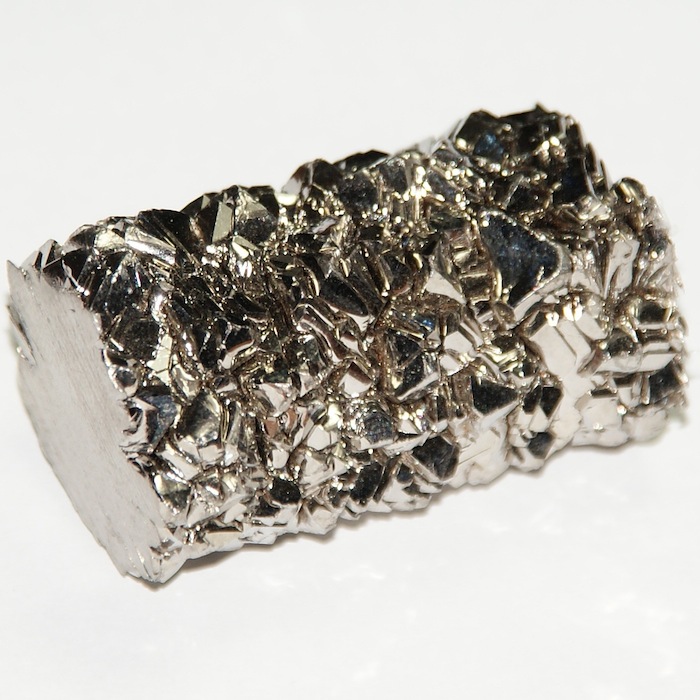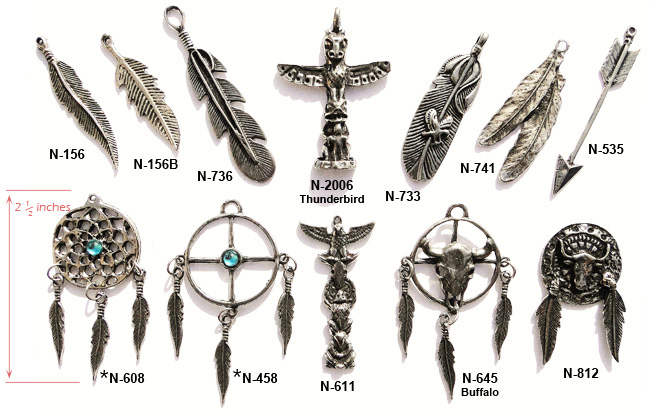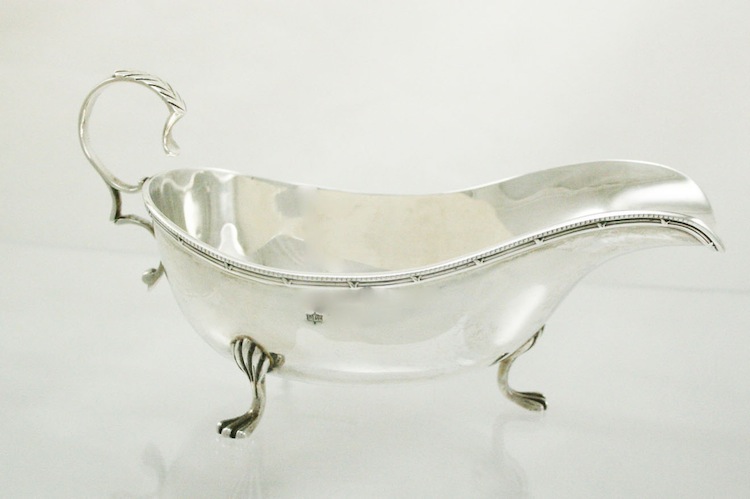Titanium is obtained from various ores that occur naturally on the earth. The primary ores used for titanium production include ilmenite, leucoxene, and rutile. Other notable sources include anatase, perovskite, and sphene.
The applications of titanium and its alloys are numerous. The aerospace industry is the largest user of titanium products. It is useful for this industry because of its high strength to weight ratio and high temperature properties. It is typically used for airplane parts and fasteners. These same properties make titanium useful for the production of gas turbine engines. It is used for parts such as the compressor blades, casings, engine cowlings, and heat shields.
Since titanium has good corrosion resistance, it is an important material for the metal finishing industry where it is used for making heat exchanger coils, jigs, and linings. Titanium’s resistance to chlorine and acid makes it an important material in chemical processing. It is used for the various pumps, valves, and heat exchangers on the chemical production line.
The oil refining industry employs titanium materials for condenser tubes because of corrosion resistance. This property also makes it useful for equipment used in the desalinization process.
Titanium is used in the production of human implants because it has good compatibility with the human body. One of the most notable recent uses of titanium is in artificial hearts first implanted in a human in 2001. Other uses of titanium are in hip replacements, pacemakers, defibrillators, and elbow and hip joints.
Titanium materials are used in the production of numerous consumer products. It is used in the manufacture of such things as shoes, jewellery, computers, sporting equipment, watches, and sculptures. As titanium dioxide, it is used as a white pigment in plastic, paper, and paint. It is even used as a white food colouring and as a sunscreen in cosmetic products.
A silvery grey, lightweight, high-strength, low-corrosion structural metal, it is found combined in almost all rocks and soils and in plants and animals, natural waters, and deep-sea dredgings. Its chief commercial ores are ilmenite and rutile.
Its alloys are used for parts for high-speed aircraft, spacecraft, missiles, and ships; in electrodes; in chemical, desalination, and food-handling equipment; and in prostheses.
Most historians credit William Gregor for the discovery of titanium. In 1791, he was working with menachanite (a mineral found in England) when he recognized the new element and published his results. The element was rediscovered a few years later in the ore rutile by M. H. Klaproth, a German chemist.
Klaproth named the element titanium after the mythological giants, the Titans.




















